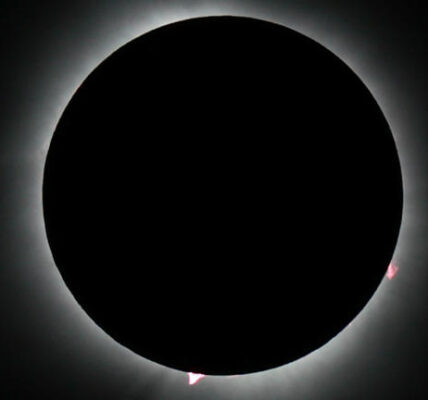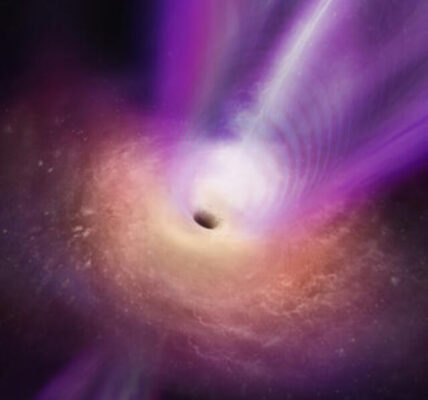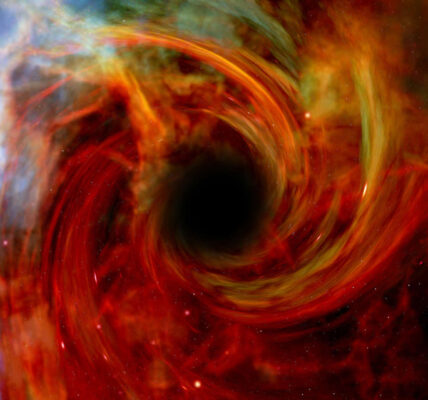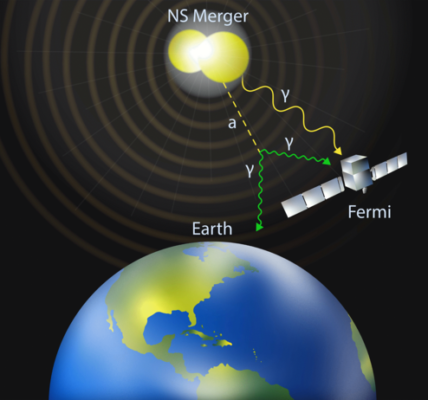“Moon True Colors Revealed: 5 Stunning Surprises!”
Table of Contents
ToggleMoon True Colors Revealed
Moon True Colors Revealed: New images from the Juice mission suggest that the Moon may have colors beyond grey, including shades of red and blue. Discover what these new findings mean and how they could change our understanding of lunar coloration.
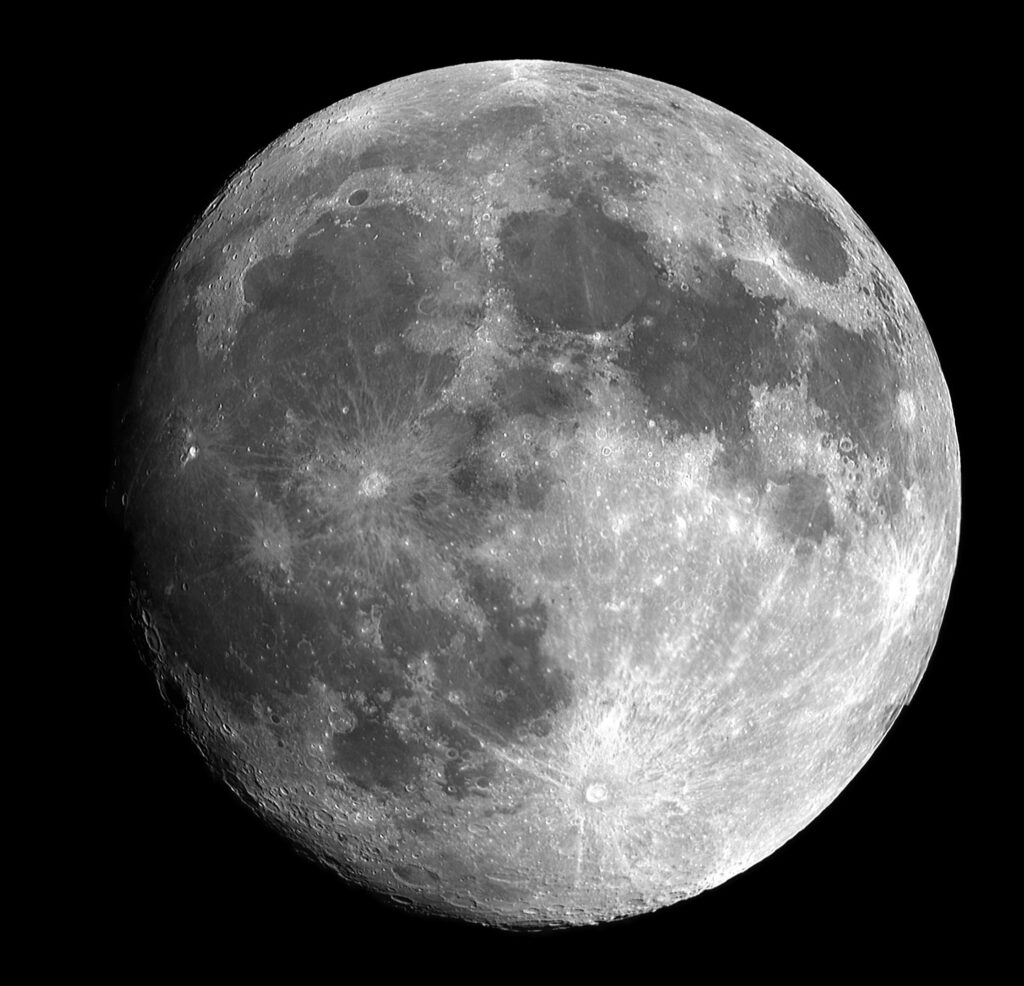
Moon True Colors Revealed: A New Perspective
The Moon True Colors Revealed may come as a surprise to many. While we often think of the Moon as a grey, dusty orb in the sky, recent images from the Juice mission suggest it might be more colorful than we previously imagined. The Juice spacecraft, which is on its way to Jupiter, has provided some unexpected insights into the Moon’s surface, showing hints of red and blue alongside the usual grey.
Juice Mission and Its Findings
Launched by the European Space Agency (ESA), the Juice spacecraft is designed to study Jupiter and its moons. However, during its journey, the spacecraft has taken some remarkable images of the Moon. These images were captured using cameras intended for monitoring the spacecraft’s health, not for scientific analysis. Despite this, they reveal intriguing color variations on the lunar surface.
The images show the Moon’s surface with a range of colors. The lunar poles appear more reddish, while the equatorial region has a teal hue. This revelation is part of what makes the Moon True Colors Revealed so fascinating. Andrew Coates, a professor of physics at the UCL Mullard Space Science Laboratory and co-investigator of Juice’s main camera, Janus, provided insight into these findings. He suggests that the color variations could be due to actual changes in surface composition, the angle of sunlight, or even calibration issues with the cameras.
Understanding Lunar Coloration
So, what does it mean for the Moon’s color? According to Professor Coates, the Moon’s surface has different compositions that contribute to color variations. For example, lunar basalts, which are volcanic rocks on the Moon, tend to have a blueish tint, while lava flows can appear reddish. The differences in color are due to the varying minerals and compounds present in these rocks.
Moreover, the angle of sunlight can affect how we perceive the Moon’s colors. When the Sun shines at different angles, it can cast different hues on the lunar surface. This factor, combined with the Moon’s varying compositions, might contribute to the range of colors seen in the Juice images.
The European Space Agency’s View
While the images from Juice show intriguing colors, the European Space Agency has a different take on the Moon’s appearance. ESA describes the images in terms of grey shades rather than vibrant colors. According to their perspective, the Moon’s surface can be categorized into darker grey, light grey, and even lighter grey regions.
The darker grey areas, such as Mare Fecunditatis and Mare Nectaris, are associated with volcanic activity and are composed of basaltic material. Basalts are less reflective and thus appear darker in images. On the other hand, the lighter grey regions are typically crater ejecta, which are fresher materials resulting from impacts and are more reflective.
The Role of Janus Cameras
Janus, the camera responsible for capturing the Moon images, is a sophisticated piece of technology. Although its primary role is to monitor the spacecraft, it has provided some of the most detailed images of the Moon. These images are still under analysis, and the true colors of the Moon might become clearer once high-resolution images are released.
ESA plans to present these findings at a conference in Berlin this September. Until then, the current images offer a glimpse into the Moon’s potential color variations but may not yet provide a complete picture.
Juice’s Journey and Its Implications
The Juice spacecraft’s journey is as complex as its mission. After launching in April 2023, it performed a historic flyby of both the Moon and Earth in one trip—something no other spacecraft has done before. This maneuver was crucial for gaining momentum to reach its final destination: Jupiter. The spacecraft will next flyby Earth in September 2026 and January 2029 before arriving at Jupiter in July 2031.
Professor Coates highlighted an interesting fact about the spacecraft’s flybys. As Juice uses Earth’s gravity to slow down, it transfers a tiny amount of energy to both the Moon and Earth. Although this energy transfer is minuscule, it’s a reminder of the intricate dynamics of space travel.
Looking Ahead
The Moon True Colors Revealed by Juice opens up new avenues for understanding our nearest celestial neighbor. While the current images suggest a more colorful Moon, further analysis and high-resolution images will provide a clearer picture. The Juice mission continues its journey towards Jupiter, where it will explore the giant planet and its moons, searching for signs of alien life and expanding our knowledge of the Solar System.
In the meantime, the intriguing colors captured by Juice remind us that the Moon may have more to offer than the familiar grey we see from Earth. As the mission progresses, we look forward to more discoveries and insights into the true nature of the Moon’s surface.
By focusing on the Moon True Colors Revealed and the ongoing research from the Juice mission, we gain a deeper appreciation for the complexities of our celestial neighbor. Keep an eye out for updates as scientists continue to analyze the data and share new findings about the Moon’s colors and composition.
ALSO READ:
“Moon Exosphere Mystery Solved: 5 Incredible Discoveries”

